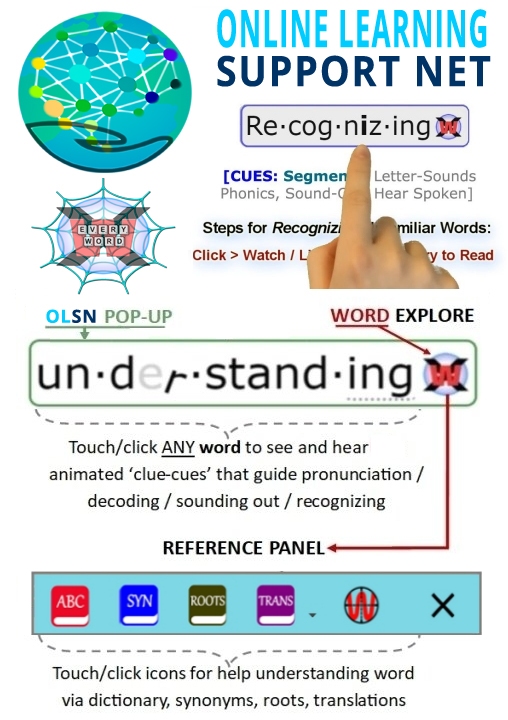Neuroplasticity
Note: Remember to click on any word on this page to experience the next evolutionary step in technology supported reading.
Neuroplasticity
I think that learning is one of the most elegant areas to study in neuroscience because it’s one of the few areas that does have the potential to go from the cellular-neurological level all the way up to the human condition. We haven’t completely been able to do that in terms of bridging the gaps. And there are some bridges that may be too big to jump in our lifetime. But I think the area of learning in particular, through the focus on neuroplasticity, which is how do you change the learning in the brain over time and what are differences between critical periods in which certain types of learning just seem to occur more overtly and what has to be done later if you’re going to try to intervene in a process which doesn’t seem to be as adaptive. So, there may be different approaches that have to be taken to get into the neurobiological part of the system in terms of remapping and rewiring, and of course you need technology probably for that as much as anything.
Paula Tallal. Board of Governor’s Chair of Neuroscience and Co-Director of the Center for Molecular and Behavioral Neuroscience at Rutgers University. Source: COTC Interview –http://www.childrenofthecode.org/interviews/tallal.htm#Neuroplasticity
Neuroplasticity and Sound Representations
You can actually create a speech model and measure the processing time in a child or an adult with this history and say if I represent speech by a processor that operates with this sampling rate, how clearly, how intelligible is it to a normal hearing individual? For the majority of these children it is very poorly intelligible, it has very limited intelligibility. That’s another way of saying they’re not extracting information from the speech input stream in the way a normal child is.
Now it turns out that dimension, we’ve shown in many experiments, is plastic. I can take you, or a monkey, or a rat, or a child with such a problem, or a normal child, and improve it. In fact, I cannot only improve it, I can degrade it. I can change it positively or negatively – it’s plastic. I can make such distinctions about stimuli very important to the brain by controlling the behavioral context and generally I can drive improvements in it. When I do that, the speech is represented in a clearer way. It’s represented to the brain in a more salient form. Now you can look in the brain and you see the time constant is more normal. Now you look in the brain you see that the way the brain represents information is more powerful. It’s representing it more coherently sort of event by event as the intra-syllabic information flows by. It’s represented in higher fidelity and every operation the brain makes with it is enabled by that.
In other words, in terms of the memory system, if the information flowing into the brain is represented in a non-salient way, it means that the capacity of the brain to encode and record it is degraded. If I refine it, if I strengthen it, I strengthen the capacity of the brain to record it reliably as a memory. So there are whole series of downstream, important, crucial consequences that occur from having a clear signal in.
Michael Merzenich, Chair of Otolaryngology at the Keck Center for Integrative Neurosciences at the University of California at San Francisco. He is a scientist and educator, and found of Scientific Learning Corporation and Posit Science Corporation. Source: COTC Interview – http://www.childrenofthecode.org/interviews/merzenich.htm#NeuroplasticityandSoundRepresentations













